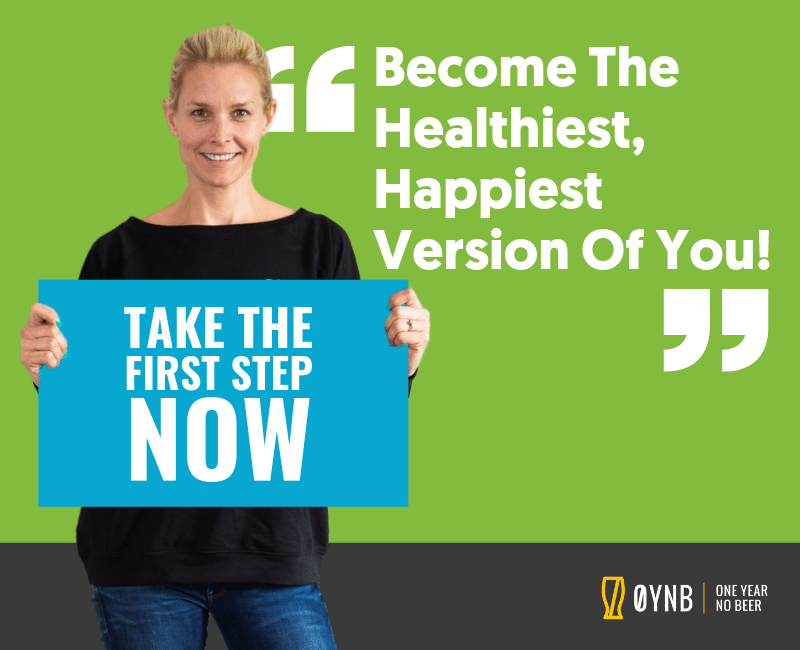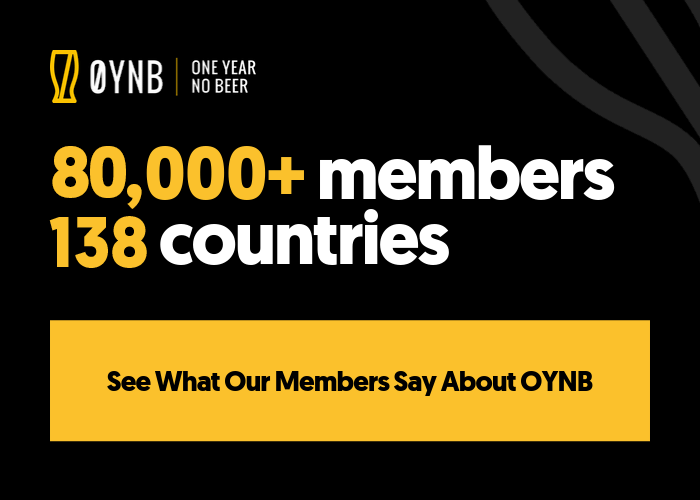Internal communication and use of social media can really help with the success of your workplace wellness programme while working remotely.
Many companies across the globe are looking to introduce or improve wellness programmes for employees as the trend for a focus on health and wellness spikes. There is particular pressure on employers looking after the health and welfare of their workforce during the outbreak of COVID-19, thus allowing them to work from home where possible. This can impede certain business functions, such as communication, and important programmes such as employee wellness can fall by the wayside when remote workers find them harder to engage with.
One of the keys to success when you are developing a workplace wellness programme is how you communicate it to your staff. There is no point in developing a wellness programme with all the bells and whistles if no one knows it exists, or wants to engage with it. This is especially true for a remote workforce who are unaware of the resources available to them.
Ways to encourage engagement in your wellness programme through communication:
- Encourage participation in the design and offer opportunities to champions
- Talk to your workforce to find out what health and wellness activities they are already doing, what works and what could be improved
- Lead by example
- Offer training for management to ensure they fully understand the wellness programme and how to communicate it to others.
- Focus on more than just a powerpoint presentation
- Communicate regularly
- Celebrate success
Communication with your employees is crucial when encouraging engagement to achieve the results you want, thus should be given the time and attention needed to be done effectively. So we have put together a list of six of the most effective ways of communicating the company’s plans:
1) Encourage participation

Identify people who are enthusiastic about the programme – these champions will be useful in getting other staff excited about the scheme.
2) Know what’s already happening
Encourage a two way conversation amongst management and staff to inform yourself on what is already happening within the organisation. What works, and what could be implemented to improve what is already being engaged with.
You might also discover policies already in place that support health, wellness and physical fitness. Some of these pre-existing activities or policies can be rolled into your wellness plan and communicated to staff and management.
3) Ensure enthusiastic support from the top
You need to make sure that your management team are on board with the plans. Reiterate to them that employee health and fitness boosts productivity, decreases error rates, improves safety, and reduces absenteeism. Employers have a duty of care to their employees, and during such uncertain times, staff may be feeling more vulnerable than usual.
Leading by example is a great way of communicating wellness to your workforce so it would be great if a portion of the management team could be actively modelling their personal commitment to health and wellness. This becomes more difficult when working from home as staff won't be able to see management implementing their own health and wellness practises, which is where use of internal communication and social media becomes essential. Managers arguably have the biggest impact on their teams’ wellbeing, as this is in many ways connected to their motivation, the communications and support they receive and the levels of stress they experience in their day-to-day work. To make this work, however, line-managers need to be properly trained.
4) Make wellness work
The most effective message to staff is not a well-written policy, a fancy PowerPoint presentation or a slick brochure, but clear support in terms of time and place. Assess and implement strategies to enhance the workplace facilities in supporting active living and healthy eating. In light of COVID-19, and reduced office hours or temporary business closures, staff members are likely feeling very uncertain of their role, and how this will impact their work long term. Your workforce needs to know that their welfare has been taken into consideration, and actions speak louder than words.

When employees are stressed or anxious, they may be more likely to lean on coping mechanisms such as drinking or smoking, both of which bring high health risk factors. At the same time, more than a third of them actually want to stop. There has also been an increasing trend in those who wish to take a break from alcohol, so it is worth considering offering access to alcohol-free challenges as provided by OYNB where they can receive as much support and encouragement as they need.
5) Communicate regularly
At the outset, make sure employees know the objectives of the wellness plan, as well as how and when success will be measured. Regularly communicate internal and community events and options that encourage physical fitness and wellness.
Highlighting success can build excitement and create positive peer pressure within your company. Be sure to listen as well. Offer employees opportunities to give feedback on how the programme is working and respond to their observations.
6) Celebrate success
At the start of a wellness programme, be sure to set some “achievable” goals in order to encourage success. As goals are reached, recognise those who have played a key role and offer tangible, healthy recognition to those who are wellness champions within your company.
Internal communication and use of social media can really help with the success of your workplace wellness programme. It’s all about engagement. Make sure your employees not only know about your wellness programme but actually want to get involved. Make it easy to understand, make it fun. Reward those who have engaged with the programme and done well.
Health and wellness policies and programmes are becoming increasingly desired, if not considered essential within the workplace – ensure you are a pioneer in employee wellness by allowing access to the advice and support they need to make healthy choices. If you would like to find out more information about how OYNB could benefit your organisation with a corporate programme, get in touch with us at [email protected].

An entrepreneur and former senior oil broker, Ruari gave up drinking after excessive consumption almost cost him his marriage, and worse, his life. Going alcohol-free improved his relationships, career and energy levels, leading to him founding OYNB to provide a support network for others.







